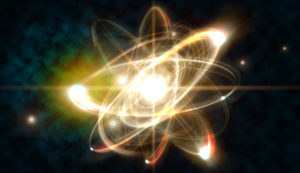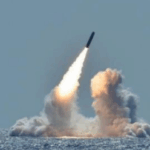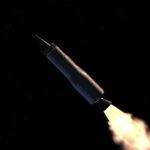
The coronavirus pandemic pushed a choice between two competing defense-uranium enrichment technologies to January from December, the National Nuclear Security Administration (NNSA) said Wednesday. It’s the second time this year the agency has delayed the day of reckoning between the AC100 technology Centrus Energy Corp., Bethesda, Md., started developing around 2012 and a smaller-scale enrichment technology that the Oak Ridge National Laboratory has been working on since 2016. This time, however, the projected delay is only one month instead of…

 By
By 











